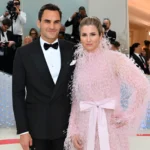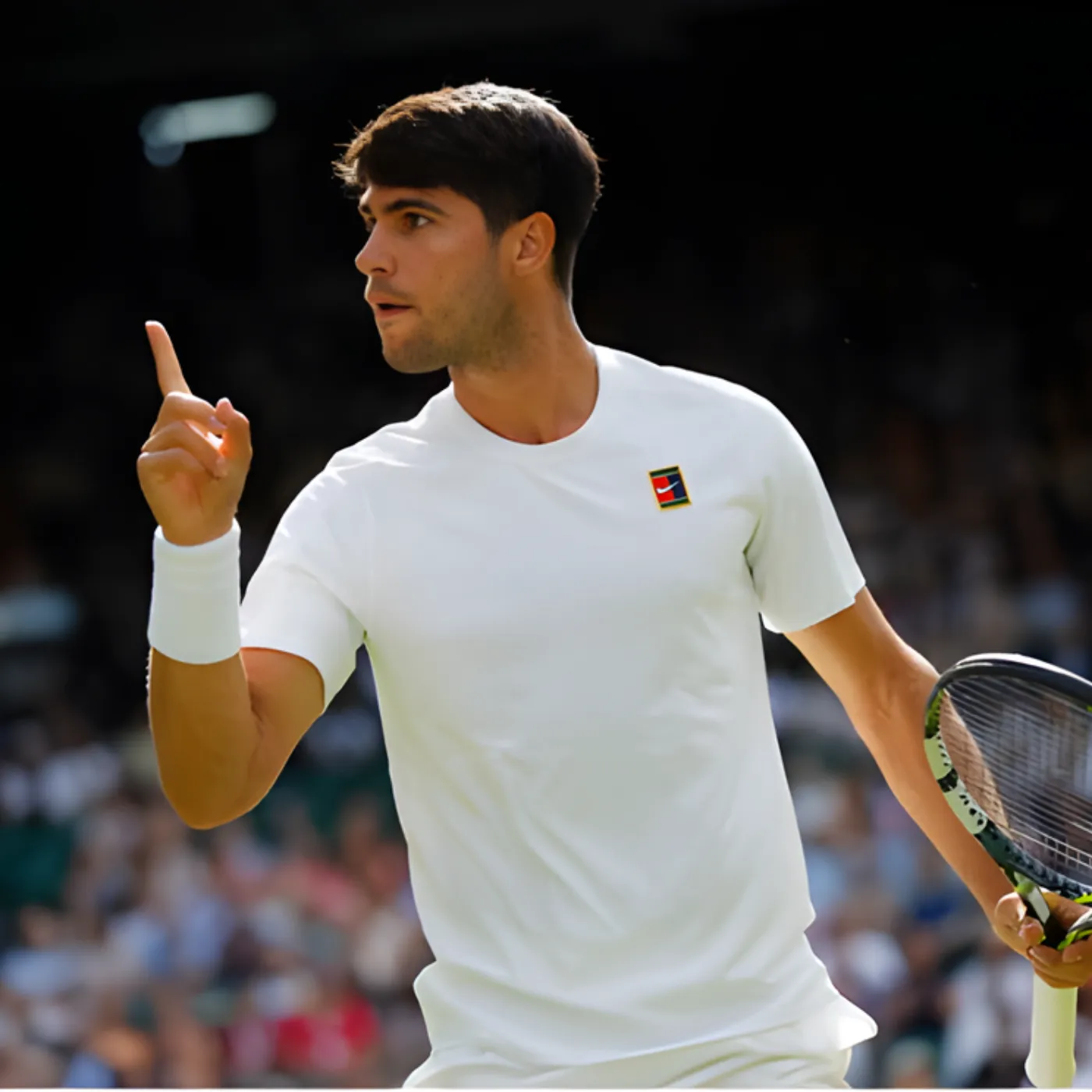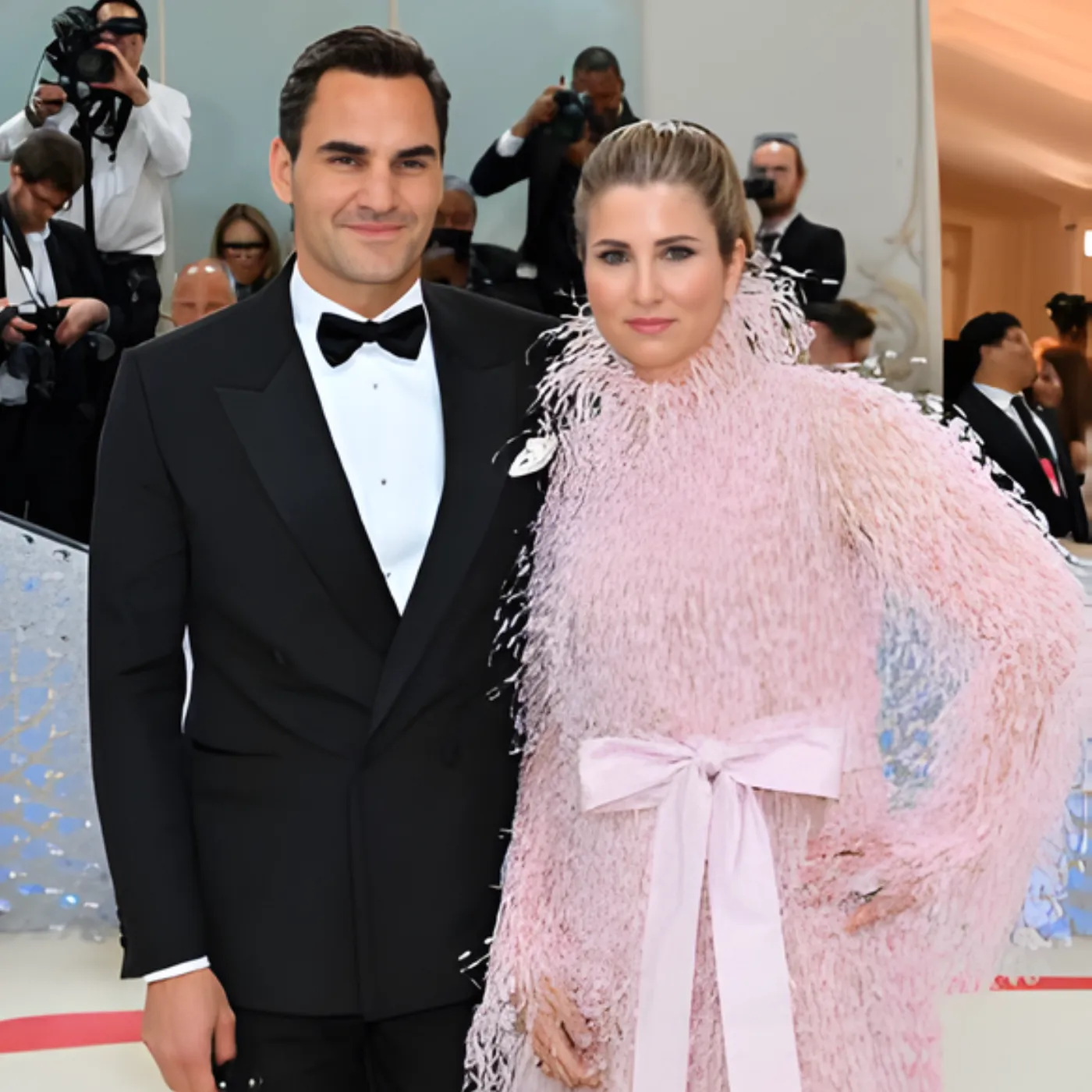
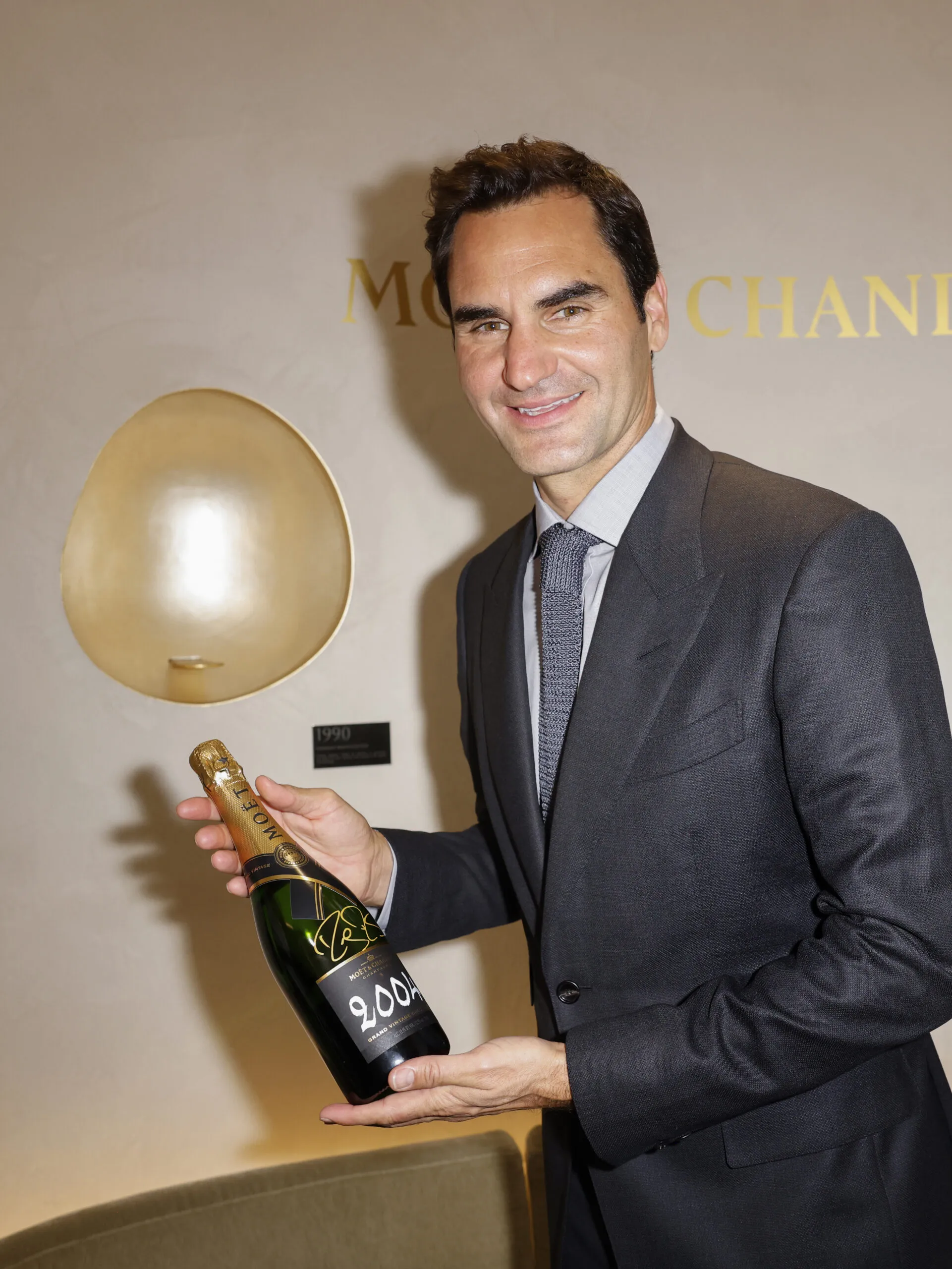
From Grand Slams to Billionaire Status: Roger Federer Just Proved He’s Still Playing in a League of His Own
When the name Roger Federer is mentioned, it resonates far beyond the boundaries of tennis courts. For decades, the Swiss maestro has enchanted fans with his fluid style, unrivaled elegance, and unparalleled dominance in the sport. But as time has passed and Federer has gracefully stepped away from professional competition, the legend has only expanded his influence. His transition from a Grand Slam champion to a global business icon has been as seamless and masterful as his one-handed backhand. Today, Federer has reached a status few athletes ever touch—he has become a billionaire, cementing his reputation as someone who continues to play in a league of his own.
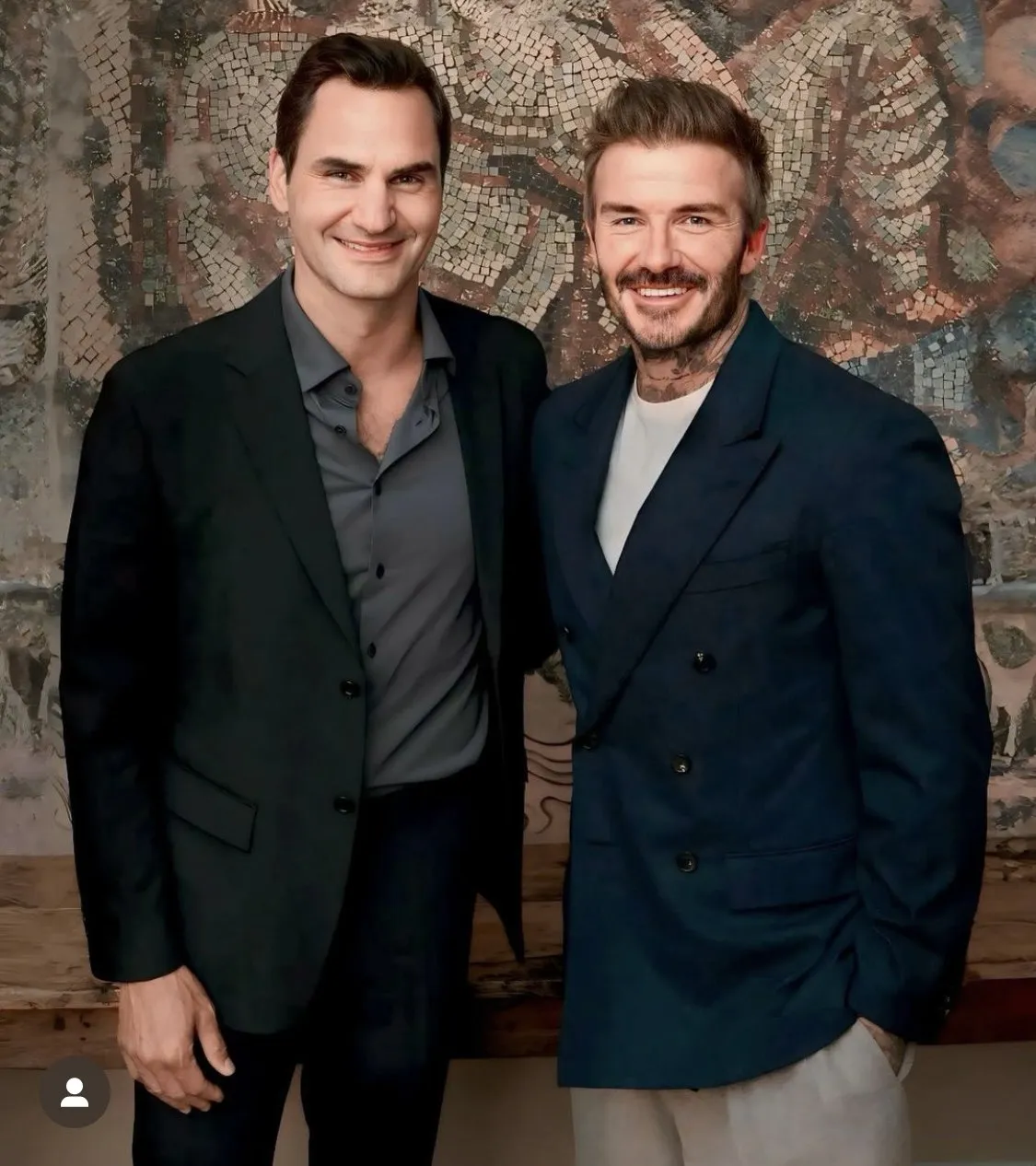
The Legacy of a Champion
It is impossible to discuss Federer’s financial empire without first revisiting the foundation of his fame. Over the span of his glittering career, Federer claimed 20 Grand Slam titles, spent 310 weeks at world No. 1, and captivated audiences with his artistry on grass, hard courts, and clay alike. What distinguished Federer from other greats was not just his tally of trophies but his unique ability to make the game look effortless. He wasn’t simply a competitor; he was a performer, an artist who turned tennis matches into poetry in motion.
Federer’s rivalry with Rafael Nadal and Novak Djokovic pushed the sport into unprecedented heights. Their epic battles defined an era, and in many ways, they were the fuel that kept fans engaged worldwide. Yet, even in moments of defeat, Federer’s composure, humility, and sportsmanship shone through. His career embodied not just winning, but winning with grace, and losing with dignity—a rare duality that deepened his global appeal. This character became a critical foundation for his transition into the business world.
The Making of a Global Brand
From the early stages of his career, Federer understood that his influence extended beyond the court. His polished image, multilingual abilities, and universal likability made him a sponsor’s dream. Unlike many athletes whose endorsements fade once they step away from competition, Federer’s brand value has only grown stronger. He became synonymous with timelessness and reliability, and corporations wanted to align themselves with that image.
Throughout his career, Federer built a roster of partnerships with some of the world’s most prestigious companies: Rolex, Credit Suisse, Wilson, Mercedes-Benz, Lindt, Barilla, and Uniqlo. His 10-year deal with Uniqlo, reportedly worth $300 million, demonstrated that Federer was not just endorsing products; he was setting a benchmark for what athlete partnerships could look like. Brands didn’t just want Federer to promote their goods; they wanted him to represent their values.
In doing so, Federer rewrote the playbook for athlete endorsements. He carefully curated his image, never oversaturating his presence, and always choosing partners that complemented his elegant, sophisticated persona. This deliberate strategy ensured longevity in a marketplace that often discards athletes once they retire.
Federer’s Leap into Billionaire Territory
By 2020, Forbes officially declared Federer as the world’s highest-paid athlete, and later, as the first tennis player to become a billionaire. What made this achievement remarkable was that the majority of his wealth didn’t come from prize money, but from endorsements and business ventures. While his career earnings of over $130 million from tournament play were impressive, they represented only a fraction of his fortune.
The shift from player to entrepreneur was not accidental. Federer had been preparing for it long before retirement. His ability to maintain brand loyalty, secure multi-year deals, and expand into investments reflected the foresight of someone who saw himself not just as an athlete, but as a global enterprise. His stake in the Swiss shoe company On, which went public in 2021, further elevated his financial status and solidified his reputation as a savvy investor.
The Power of On Running
Federer’s association with On Running, the Swiss-based athletic shoe company, has been one of his most influential moves in the business world. When he announced his partnership and investment in the brand, it sent shockwaves through both sports and fashion industries. Unlike traditional endorsements, this was not just about Federer lending his face to a product—it was about Federer taking ownership in its vision.
The success of On Running has been phenomenal. By the time the company went public, its valuation soared into the billions, and Federer’s share was a substantial component of his wealth. More importantly, the partnership reflected his willingness to innovate. Federer didn’t tie himself exclusively to established giants; he embraced an emerging brand that mirrored his values of quality, innovation, and style. In many ways, On Running became the business extension of Federer’s own identity.
Federer Beyond the Court
Even as he transitioned away from tennis, Federer has remained deeply connected to the sport and his fans. His Laver Cup, a team competition he co-founded, has become a premier event in the tennis calendar. The tournament combines entertainment, rivalry, and camaraderie, offering fans something fresh while honoring the traditions of the game. It reflects Federer’s vision of leaving a legacy that goes beyond personal achievements and contributes to the sport’s future.
Off the court, Federer has also amplified his philanthropic work. Through the Roger Federer Foundation, he has championed educational initiatives for children in Africa and Switzerland, impacting the lives of millions. His philanthropic pursuits underline that his influence extends not just into sports or business, but into humanitarianism. In an age where many celebrities are criticized for surface-level activism, Federer’s foundation has stood as a model of consistency and authenticity.
The Billionaire Athlete as a Cultural Figure
Federer’s billionaire status is not just a financial milestone—it is a cultural statement. It redefines what it means to be an athlete in the modern era. Athletes today are not merely performers; they are brands, entrepreneurs, and cultural icons. Federer’s journey illustrates that athletic prowess can serve as a launchpad for sustained influence long after retirement.
Unlike other billionaires, Federer’s path has been marked by an unusual degree of respect and admiration. He is not perceived as someone who exploited markets or capitalized on controversial ventures. Instead, his wealth is seen as a natural extension of his excellence, consistency, and integrity. The public celebrates his success because it feels earned—built through talent, discipline, and values rather than opportunism.
Staying Relevant in Retirement
What sets Federer apart from other retired athletes is his ability to remain relevant in popular culture. Even after hanging up his racket, he continues to be a figure of fascination and admiration. His fashion choices at events, his occasional appearances in exhibitions, and his involvement in business ventures keep him in the spotlight without overexposure.
Part of this relevance stems from the fact that Federer has mastered the art of graceful retirement. He did not cling to the game past his physical peak, nor did he exit abruptly. His farewell was carefully orchestrated, emotional, and respectful to his fans and peers. It was a reminder that Federer’s mastery extended beyond the technicalities of tennis—it was about understanding timing, both on and off the court.
Federer as a Symbol of Excellence
At the heart of Federer’s enduring appeal is the idea of excellence. Whether on the court, in business, or in philanthropy, Federer represents the pursuit of perfection without arrogance. He embodies the belief that greatness is not just about results, but about the manner in which they are achieved. In today’s fast-paced, often cutthroat world, that distinction matters. Federer’s story resonates because it shows that success and kindness are not mutually exclusive.
His billionaire status is not just a number—it is a reflection of decades of discipline, consistency, and strategic thinking. It symbolizes the possibilities that arise when talent meets vision, and when fame is harnessed with intelligence rather than squandered.
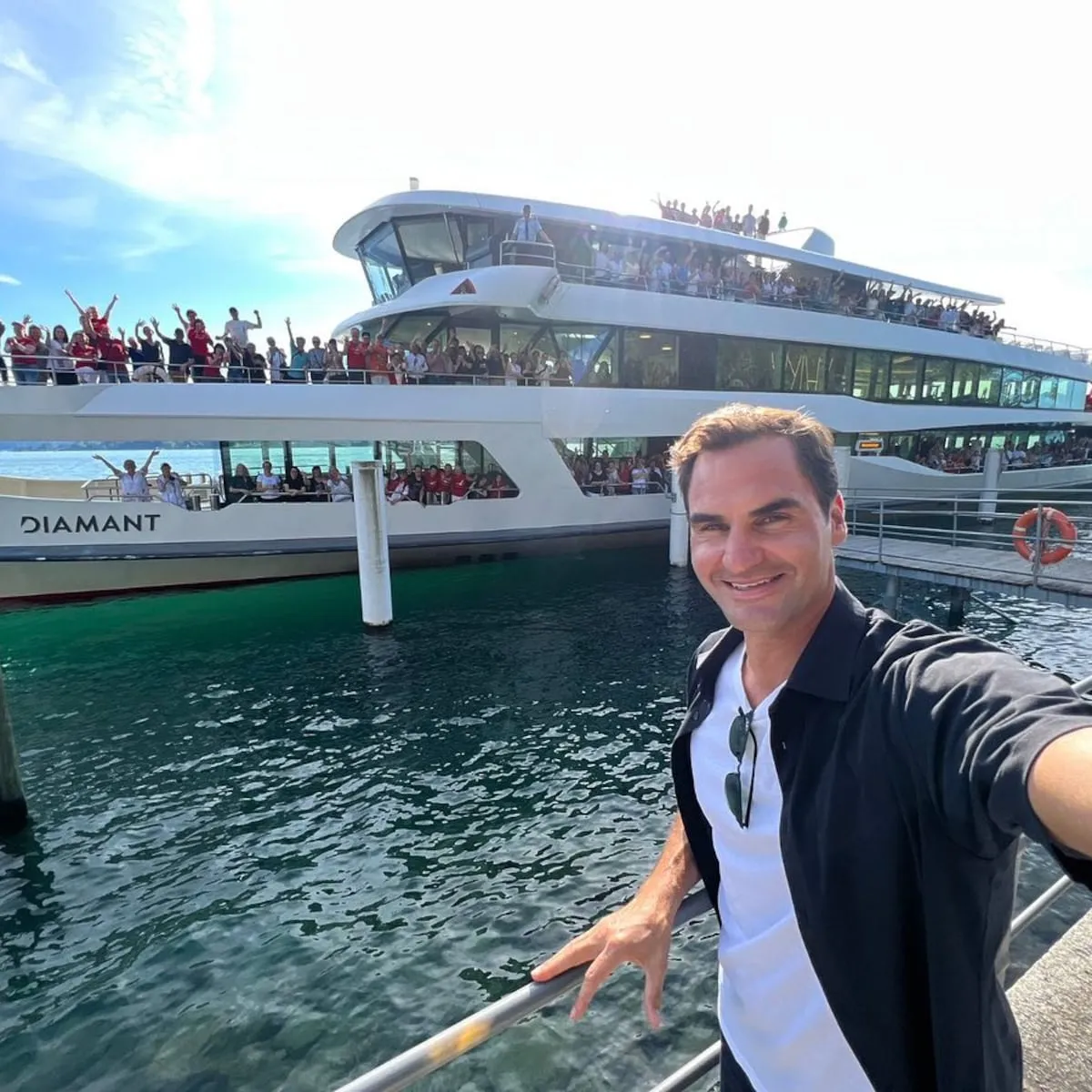
Conclusion: Playing in a League of His Own
Roger Federer’s journey from Grand Slam victories to billionaire status is more than a tale of financial triumph. It is a blueprint for how athletes can transcend their sports and establish themselves as enduring global figures. Federer has shown that true greatness is not confined to trophies or bank balances; it is about legacy, influence, and the ability to inspire across generations.
Even in retirement, Federer has not stopped “playing.” He continues to dominate—not on tennis courts, but in boardrooms, charitable foundations, and cultural spaces. His story proves that he truly belongs to a league of his own, where the measure of success is not just what you achieve, but how you achieve it. And in that league, Roger Federer remains untouchable.


